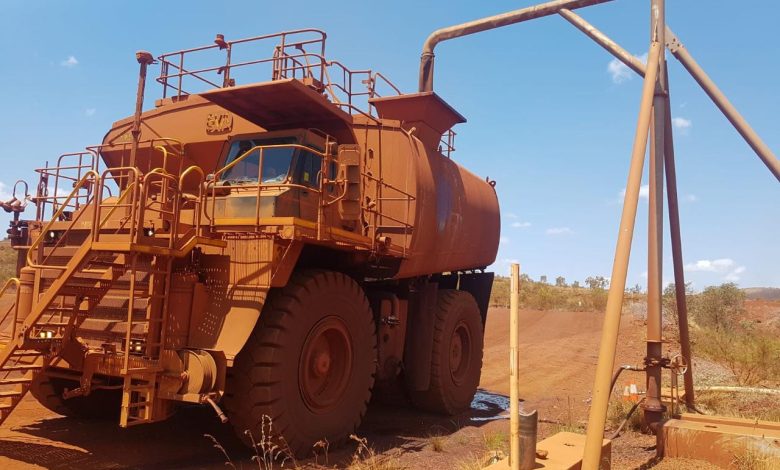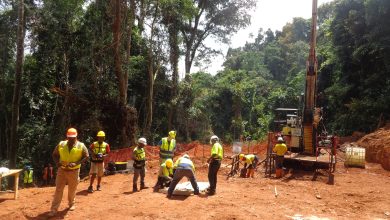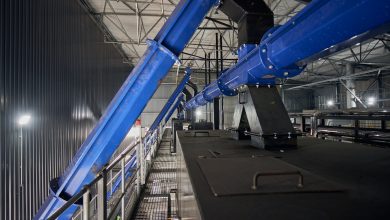
Opinion: New mining by-laws signal a step-up in Zimbabwean resource governance
By Raphael Garcia da Costa
The gazetting of the Mining and Mineral Panning By-Laws (Statutory Instrument 75 of 2025) by the Uzumba Maramba Pfungwe (UMP) Rural District Council may appear at first glance to be a small, local adjustment. In truth, it represents one of the most important developments in Zimbabwe’s mining governance in recent years.
A Local Measure of Nationwide Importance
Artisanal and small-scale mining (ASM) has long operated on the sidelines of regulation, creating livelihoods and liabilities. By requiring miners to have rightful licenses, issue Environmental Impact Assessments (EIAs), and contribute to an Environmental Rehabilitation Fund, the UMP council is now rewriting the rules of engagement.
This is more than paperwork. It’s a signal that mining in Zimbabwe is moving toward higher standards of accountability, where communities, regulators, and operators are aligned in their responsibilities.
Challenge of Trust
But laws alone do not guarantee progress. All too commonly communities observe levies paid without commensurate development in clinics, schools, or supporting works. Until UMP reports how rehabilitation funds are spent and what is achieved, scepticism will persist.
Mining communities are right to demand proof. Transparency is not a courtesy, it’s the foundation of trust between miners and the people living alongside these operations.
The Technology Opportunity
True accountability requires more than regulations; it requires evidence in real time. Environmental intelligence platforms such as continuous dust monitoring, water quality sensors, and live compliance dashboards can bridge the gap between policy and practice.
Data changes the conversation. Instead of arguing about whether dust or effluent exceeds safe thresholds, communities and councils can look at the numbers together. That is how you move from assumption to evidence.
Being at the crossroads between technology involving AI, IoT, and mining innovation, there are limitless possibilities for technology to aid the spirit behind these new regulations: Real-time monitoring makes rules realistic. It provides a level of visibility to regulators, relief to communities, and a manner for operators to demonstrate that they are being responsible.
A Path Forward
Zimbabwe’s mining sector stands at a crossroads. Not only is the coming into effect of the UMPI’s by-laws a local innovation, but a foretaste of what mineral governance across Africa could be. With transparent financial management and cutting-edge monitoring technology, they could provide a blueprint where mining activity definitively bolsters, rather than damages community wellbeing and environmental safeguarding.
The choice is clear. Mining in Africa has to move on from extractive deals to sustainable partnerships. And it has to begin with empowered societies, and technology that makes mining done responsibly, transparently, and accountably.
Raphael Garcia da Costa is Co-Founder and Chief Technology Officer at Sentinel AI, a firm that builds environmental intelligence products to monitor air quality in mining and heavy-industry applications in real time.






